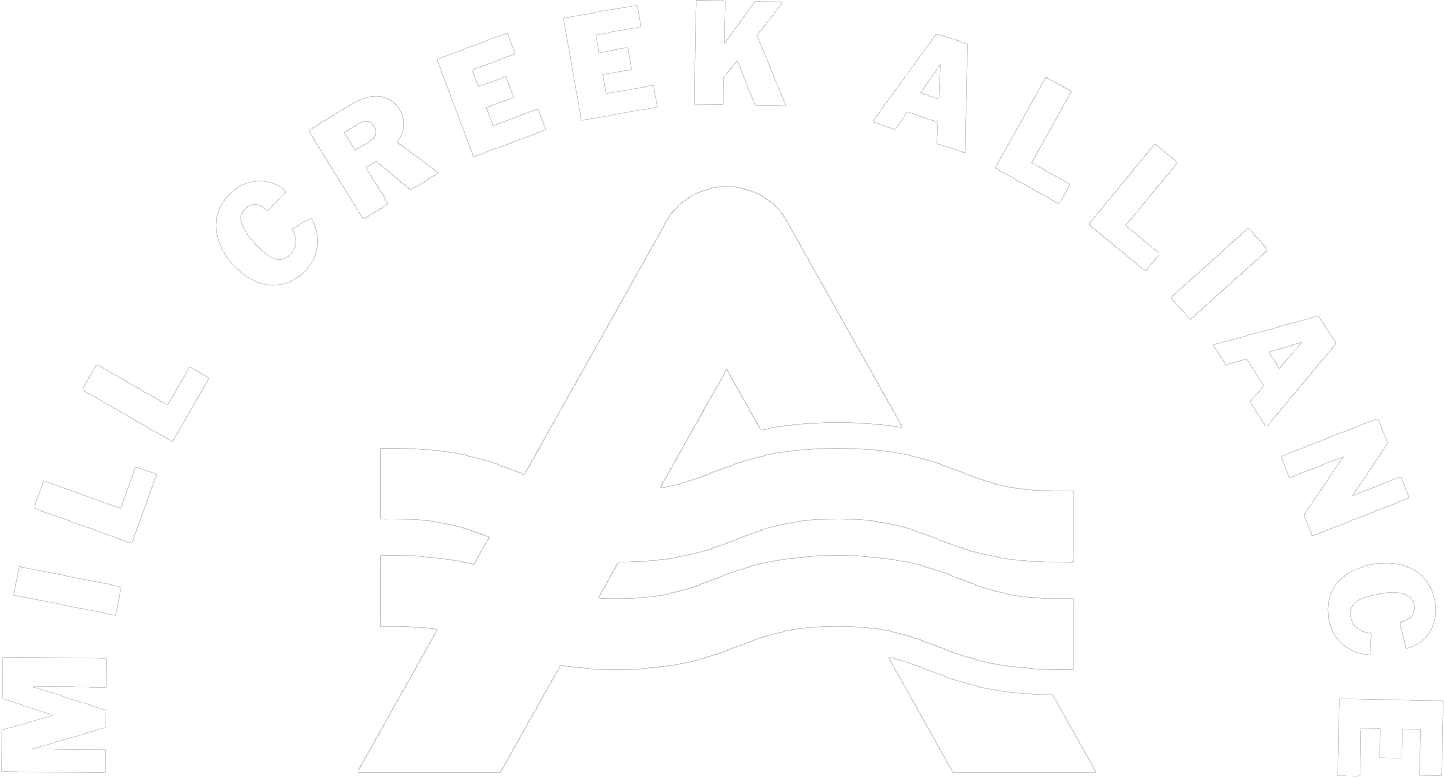Restoration Project Elements of Design
Stream restoration professionals consult technical publications as part of their work. One resource is the 16-chapter Stream Restoration Design, National Engineering Handbook, Part 654. Published in 2007 by the Natural Resources Conservation Service of the U.S. Department of Agriculture, the handbook contains tools and guidance to support assessing and designing stream restoration solutions.
One concept to consider is:
Stream structure
A well functioning stream has a structure, or a shape. A cross-section of stream includes the: (A) stream channel, through which water flows, (B) a streambank, which contains the stream and (C) a floodplain that periodically floods every 1-2 years. The length of a stream typically has a repeating sequence of: deep pools with slow moving water, rocky riffles that agitate water, and shallow runs where sediment settles out and water flows quickly.
A few techniques to consider include:
Streambank regrading & bioengineering
Restoration of highly eroded streambank uses two related techniques. When steep and near vertical streambanks are unstable, they needs to be regraded to a stable slope. The preferred slope is 3:1 or 4:1 (L:H). Rock work at the “toe” or base of the streambank is often needed to “armor” or add stability to the site. Secondarily, bioengineering the streambank with native plants provides outsized benefits for physical stability, biological diversity, and ecological function.
Low head Dam Mitigation
A low head dam is a manufactured structure, built in a river or stream channel, extending fully across the banks. They can be dangerous to humans as well create barriers in habitat for aquatic organisms. They can also impede recreational passage. Since the utilities cannot be removed, the dams are mitigated through the installation of an underwater rock ramp.
VIEW more details on the Metropolitan Sewer District of Greater Cincinnati’s website.



